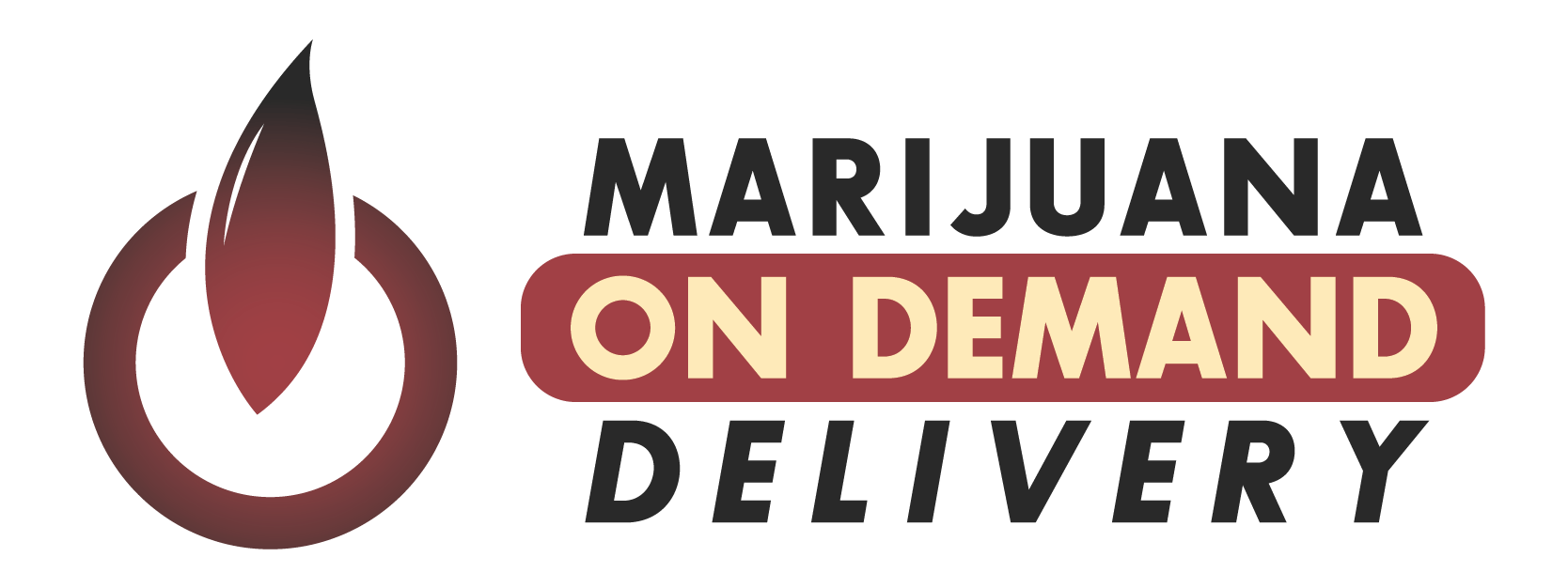As cannabis enters mainstream acceptance, the idea of around-the-clock delivery has gained traction. Advocates argue that 24/7 availability would mirror consumer expectations set by food, pharmaceuticals, and streaming services. For medical users, sudden symptom flare-ups don’t follow a 9–5 schedule—24/7 delivery could literally be lifesaving in emergencies. Recreational consumers, too, appreciate the convenience, especially during late-night gatherings or early-morning starts. It’s a potential differentiator in increasingly saturated markets.
Challenges & Roadblocks
1. Regulatory Compliance
Delivery must adhere to strict state and local laws. Nevada’s cannabis board mandates deliveries only within approved hours that match dispensary operating times, using registered agents and secure, trackable vehicles. Even in more permissive regions, local bans can override statewide laws, creating inconsistent service zones.
2. Security & Safety
Late-night deliveries raise real safety concerns—for drivers and communities. Requirements include GPS tracking, surveillance cameras, and locked containers in vehicles. Staffing drivers overnight also increases labor, insurance, and operational costs.
3. Staffing & Logistics
A 24/7 delivery model requires shift workers, training, and higher wages. Smaller operations often lack dedicated logistics departments and rely on third-party platforms, which can be expensive. Plus, drivers need special licensing and background checks—and scheduling consistency across fluctuating demand is tough.
4. Economic Viability
Demand may not justify the cost. Denver’s experiment with delivery licenses showed low uptake—despite regulatory support, high costs and competition from nearby dispensaries squeezed vendor profitability. Nevada operators report steady but not overwhelming delivery demand; many clients still prefer in-person pick-up for convenience and cost saving.
Tech & Innovation: Light at the End of the Tunnel
Emerging tech—like drones, autonomous vehicles, and self-service kiosks—could help raid security and staffing issues. Pilot programs are running in rural areas, where delivery is crucial, and automated verification systems could allow secure, unmanned transactions overnight. But federal restrictions on cannabis and airspace access still hamper widespread use.
Software tools like Upper, Onfleet, and others streamline workflows, track orders, and help maintain compliance logs.
Potential Benefits
- Patient Welfare: Round-the-clock availability means those with chronic pain, insomnia, or anxiety can access relief promptly.
- Improved Customer Experience: 24/7 service could set a brand apart in a crowded marketplace.
- Revenue Diversification: Even modest late-night delivery fees could boost margins—if demand holds.
Final Takeaway
24/7 cannabis delivery is enticing—and technically feasible—but navigating evolving regulations, ensuring security, justifying cost, and proving sustainable demand remain hurdles. Larger dispensaries in dense markets with sufficient volume may succeed, while smaller shops might benefit more from extended—but not round‑the‑clock—delivery times. Technological and legislative progress will continue shaping the landscape.
